|
Home Machine Tool Archive Machine-tools for Sale & Wanted Other Zyto Lathes Zyto Home Page Revised Zyto Lathes |
||

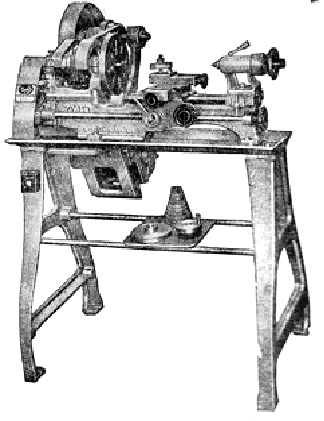
|
Motorised Zyto |
|
Although the cast-iron legs and chip tray were retained, the motorised versions of the Zyto produced in the late 1940s and early 1950s were arranged in a completely different way to the pre-war versions. The motor was mounted on a hinged plate in line with the countershaft with the latter carried on a pair of upswept arms. If you have one of these lathes the writer would be interested to hear from you. |

|
|
||
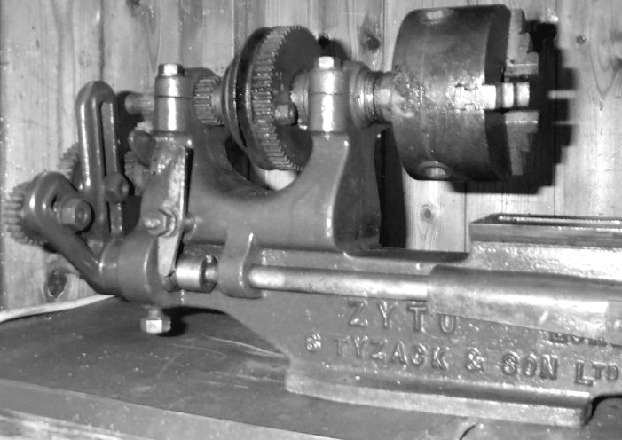

|
Tyzack Model F - 15/8" x 6" - this was, in reality, a Sheffield-built Flexispeed. When supplied, some were found to have a prominent "ZYTO" name cast into the front of the bronze apron while others were blank, with no identifying marks on any part of the lathe |
||

|
The "Baby Zyto" (2.125" centre height by 10" between centres) was an attempt to produce a really simple little lathe but, during the 1920s and 1930s, it was in competition with many others and, despite costing only £2: 7 : 6 against the £8 : 2 : 6 of its bigger brother, few can have been sold and today is a very rare find. The |
||

|
Larger Zyto |
||
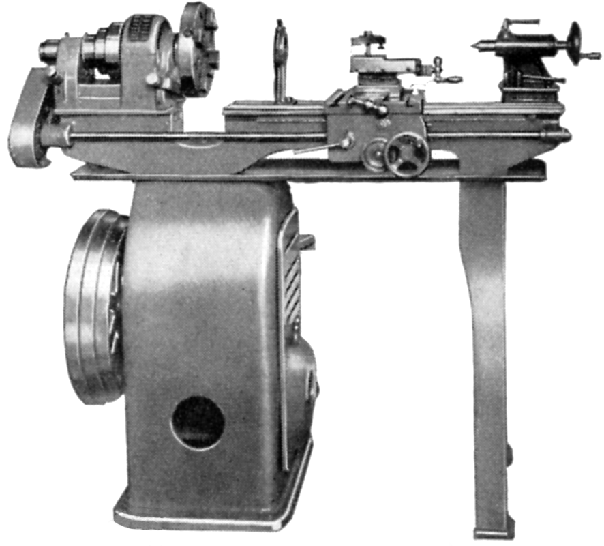
|
The same lathe but fitted to a stand with the motor enclosed within the left-hand cabinet leg. The drive to a flywheels was a fad of the 1930s and resulted in a lathe was exceedingly slow to stop from high speeds. |
||

|
A Flexispeed ZYTO complete with the comparatively rare maker's countershaft unit. This version was also available with the worm-drive fine feed as fitted to the similar Tyzack model - a type that could also be had with a longer headstock able to be fitted with backgear. The Zyto with the worm-drive feed to the leadscrew is very rare but, finally, in 2022 one was found and is shown towards the bottom of the page. |




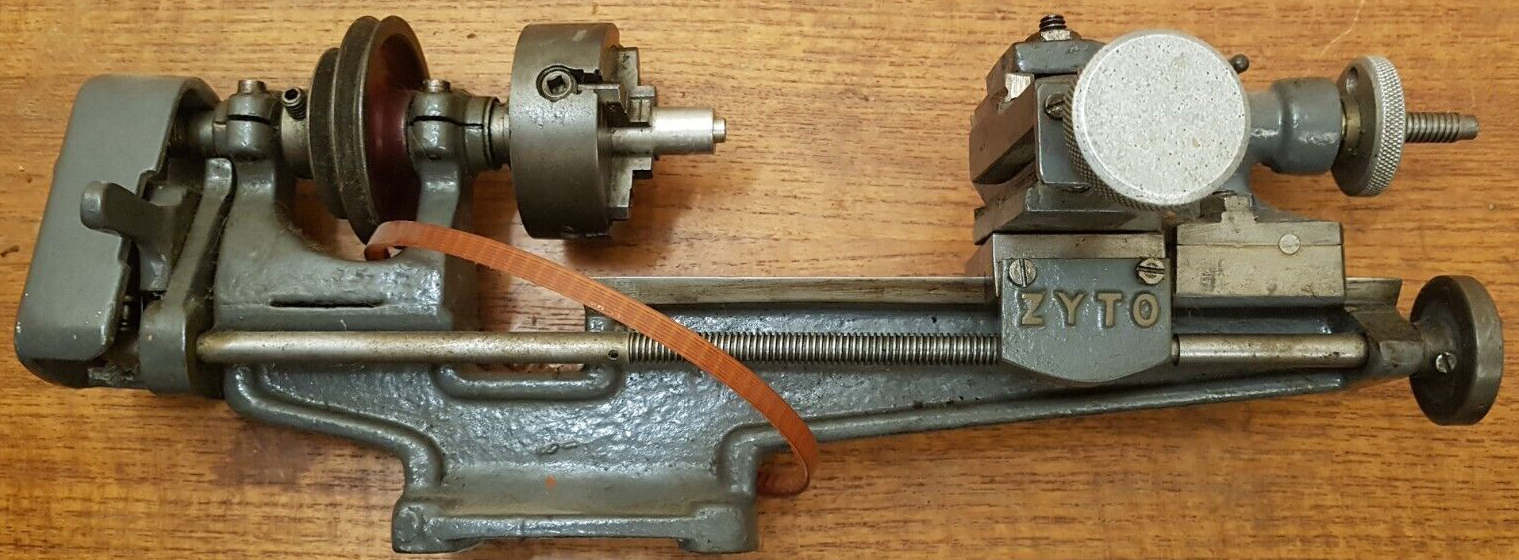
|
|
||

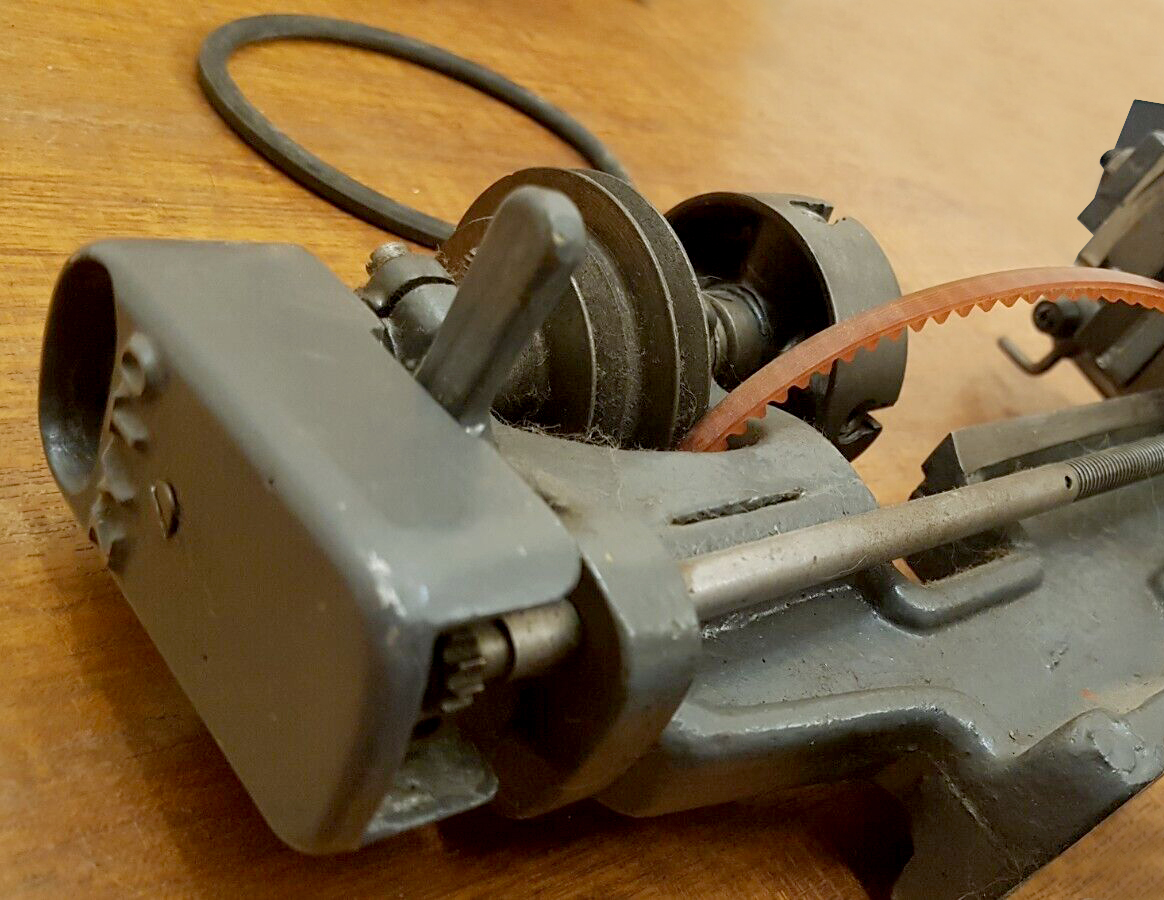

|
Home Machine Tool Archive Machine-tools for Sale & Wanted |
||